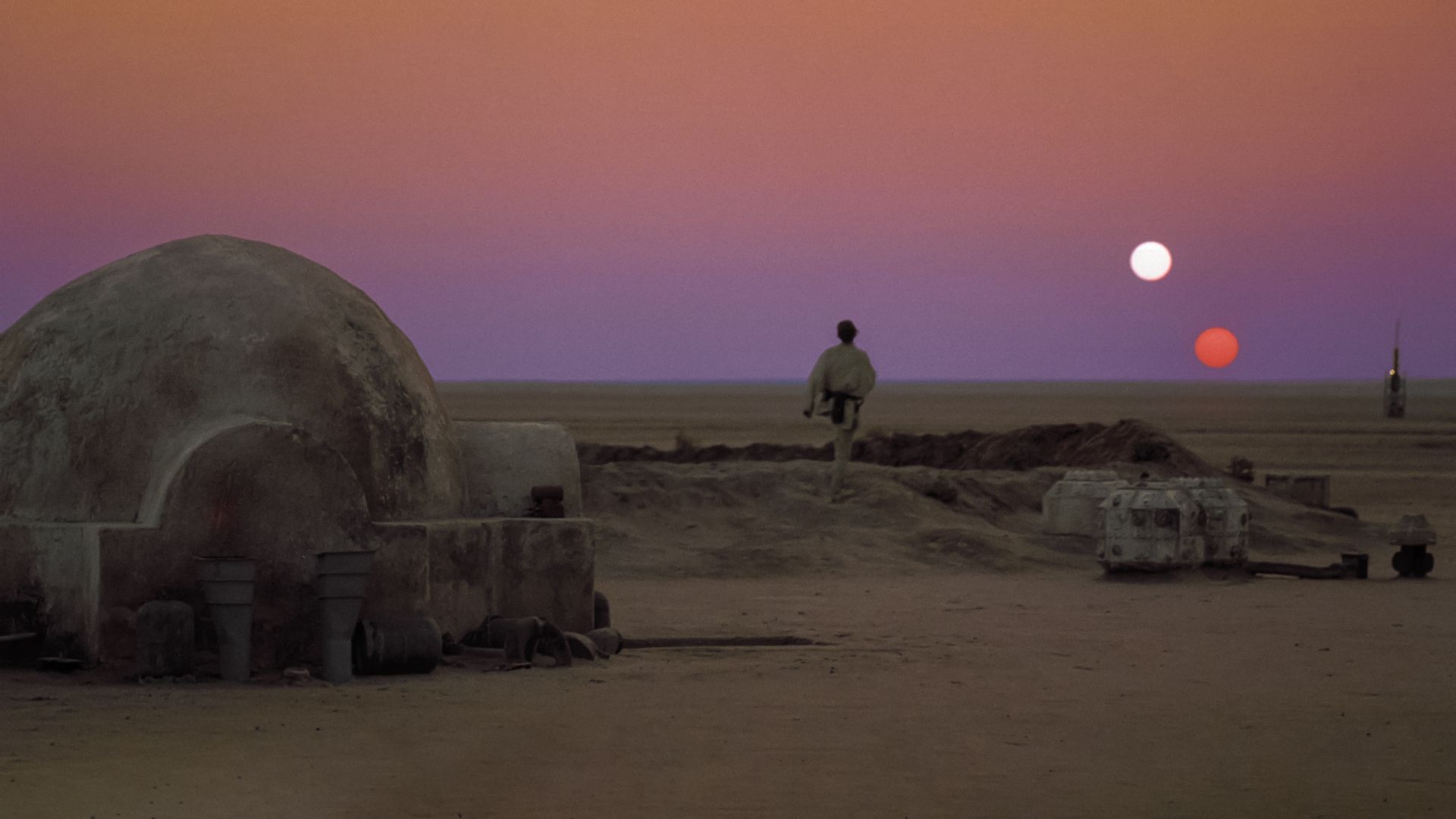Oct. 27, 2025 — The American Heart Association (Association) has launched its latest professional certification program to help bridge the gap between traditional practice and remote patient monitoring and care, while promoting privacy and…
Apple is designing an updated version of the Apple TV 4K, and rumors suggest that it could come out sometime in the next couple of months. We’re not expecting a major overhaul with design changes, but even a simple chip upgrade will bring major…








